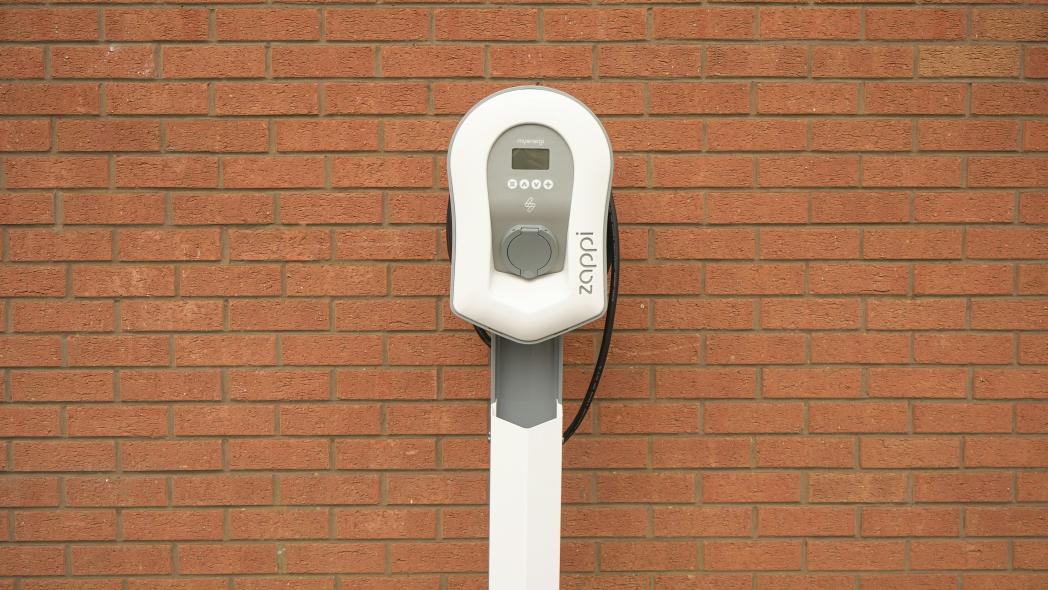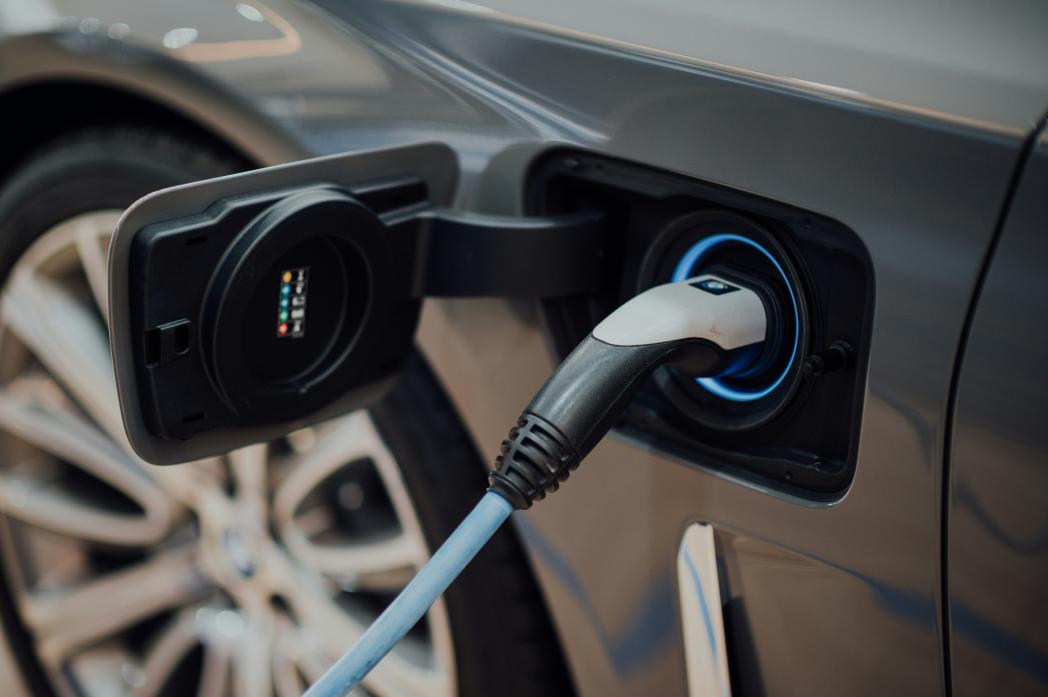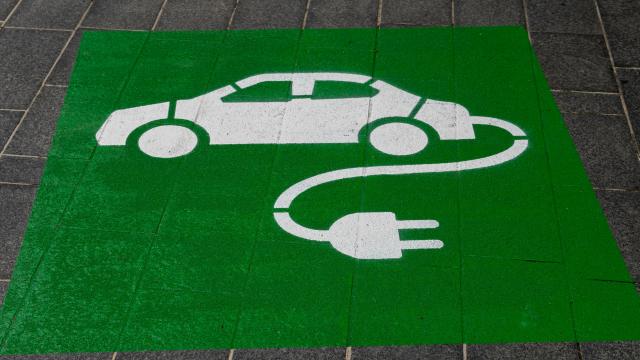Why choose electric?
To protect habitats and species (and people) around the world, we have to limit global temperature rise to 1.5oC. To achieve this, we must cut greenhouse gas emissions substantially. Part of this will require transitioning away from fossil fuels as a source of power, and towards renewable energy from clean sources such as wind and solar.
Transport is responsible for the largest portion of the UK’s greenhouse gas emissions footprint, producing 26% of the UK’s total emissions in 2022.[1] Vehicles powered by fossil fuels generate emissions in several ways – including when oil is extracted to produce petrol and diesel, when the vehicles are shipped around the world, and when they burn fuel to create power, which also produces air pollution.
By changing how we power vehicles, we can reduce this footprint. When cars run on electricity instead of fossil fuels, we can charge them using energy from a renewable source. This reduces emissions to the atmosphere from running the vehicle and reduces air pollution from exhaust pipes.

So we should all move to electric vehicles, right?
Well, the answer is a bit more complicated. Producing an electric vehicle (EV) and the battery that’s needed to power it requires minerals and rare earth metals such as cobalt and lithium, which must be mined and extracted. These components are found in many electronics around the world and can be linked to poor working conditions, environmental degradation and slavery.
Producing fuel-powered vehicles also has an environmental and social impact. The key difference is that, while producing an EV has a higher initial footprint (due to the battery) than producing a fuel-powered vehicle, over its lifespan the emissions footprint of an average EV is significantly smaller. In Europe, the lifecycle footprint of an EV is 66%-69% lower than a fossil fuel-powered vehicle.[2]
The difference between these two footprints changes depending on the source of energy used to power the EV, and the size and weight of the EV. If the electricity used to charge the EV comes from tariff that produces electricity from fossil fuels, the EV will have a higher footprint. If it’s from renewables it will be almost zero. The bigger and heavier the car, the larger the battery required to power it, requiring more energy and more raw materials to produce it.

Things to consider before changing to an EV
- First, how often will you drive your EV? The best way to reduce emissions is to avoid them in the first place. If you can use public transport, or reduce the number of cars in your household from two to one, this is the best option.
- If you do need a car, where will it be charged and what tariff is that energy using? Make sure you’ve switched to a renewable tariff, install a charging point, and have budgeted for an increase in electricity consumption.
- What size vehicle are you looking for? The rise in popularity of SUVs (sports utility vehicles) is contributing to the global rise in temperature change[3] as these vehicles require more materials to produce, and burn more fuel. If you’re switching to an electric SUV this will have a bigger footprint than a small EV. For example, a Renault Zoe (a small EV) has a total lifecycle footprint of 15 tonnes CO2e[4] but a Renault Megane E-Tech (an SUV EV) has a total lifecycle footprint of 24 tonnes CO2e.[5]
- Make sure you’re looking at the efficiency of the EV, not just the range. When buying a fuel-powered car we often look at miles per gallon to understand how efficient the engine is. The same is applicable with EV batteries – how many miles the car will drive per kWh.
- Lastly, could you buy a second-hand EV instead of a brand new one? Second-hand cars are, on average, better for the environment as the emissions that go into producing a new car are avoided. There are some significant savings that can be made from second-hand EVs.

If an EV is not possible for you, you can reduce the environmental impact of a fuel-powered car by getting it serviced regularly, driving carefully without sudden stops or acceleration, driving less often, and using public transport or walking for shorter distances.
Sources
[1] Department for Transport (2023) ‘Transport and environment statistics: 2023’. Available at: https://www.gov.uk/government/statistics/transport-and-environment-statistics-2023/transport-and-environment-statistics-2023
[2] The International Council on Clean Transport (2021). Available at: https://theicct.org/publication/a-global-comparison-of-the-life-cycle-greenhouse-gas-emissions-of-combustion-engine-and-electric-passenger-cars/
[3] International Energy Agency (2023). Available at: https://www.iea.org/commentaries/as-their-sales-continue-to-rise-suvs-global-co2-emissions-are-nearing-1-billion-tonnes
[4] Renault Zoe data from 2012. Available at: https://gronamobilister.se/wp-content/uploads/2019/09/Renault_ZOE_LCA_Report_2012.pdf
[5] Renault Megane E-Tech data from 2024. Available at: https://www.press.renault.co.uk/releases/3190

